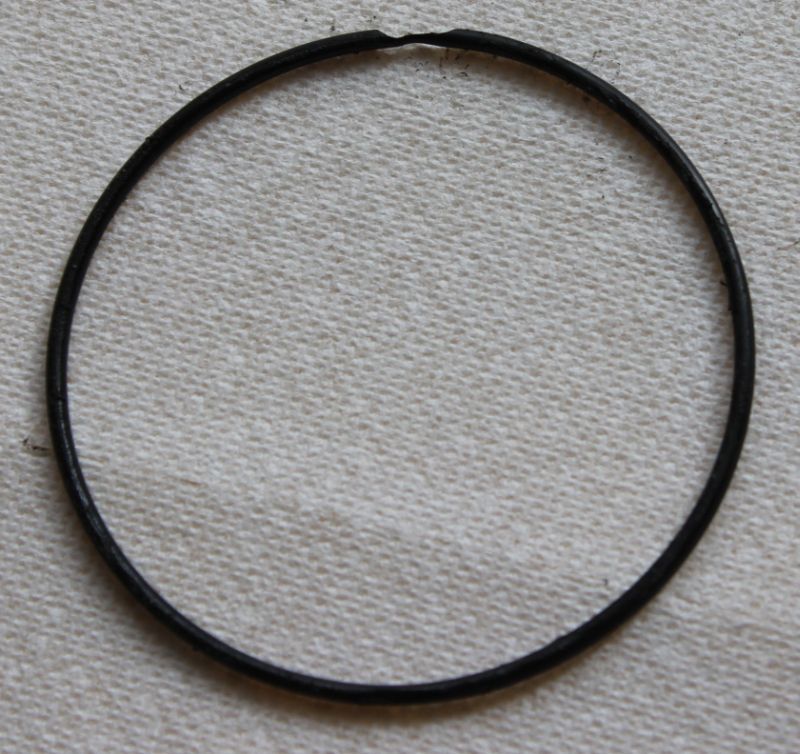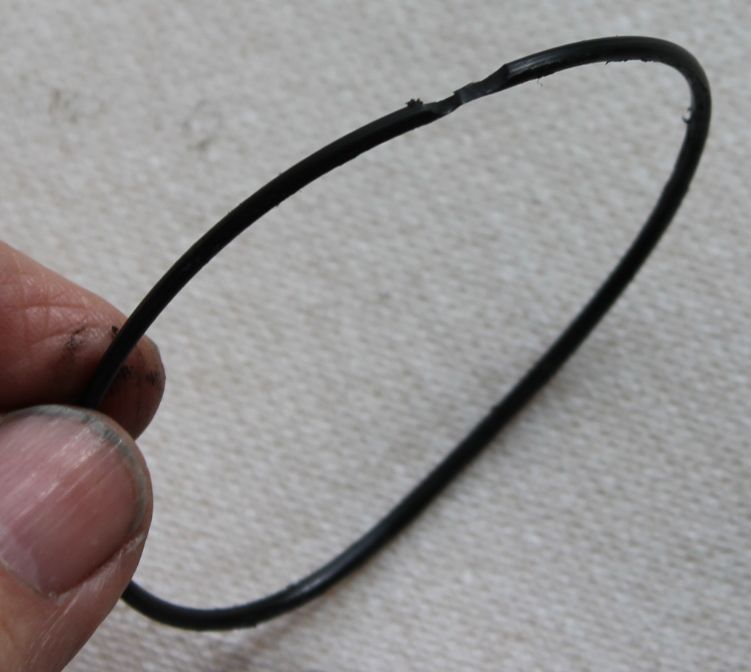Michael, what class of NASCAR races do they have at HMP? I enjoy watching Nationwide and Sprint Cup racing weekends on TV, wouldn't mind going someplace local to watch some good "stock car" racing. Going to Fort Worth to watch the big league races at TMS is too much of a hassle for me, 'specially when I can just watch the races on the big screen TV...
Don - I'm so glad you found the discrepancy in the Service Manual. I removed the snap-ring and pulled the "driven flange plate assembly" off.
The [thin inner] o-ring was galled - called Honda of Houston - they had one left in stock. Turns out 3grams of moly is the "perfect" amount applied to those mating surfaces.
USPS woman just walked up and delivered the o-ring for the splined side - whoop!
Sorry Don, you'll never find a Nationwide or Sprint car at (link) HMP
Last edited:





